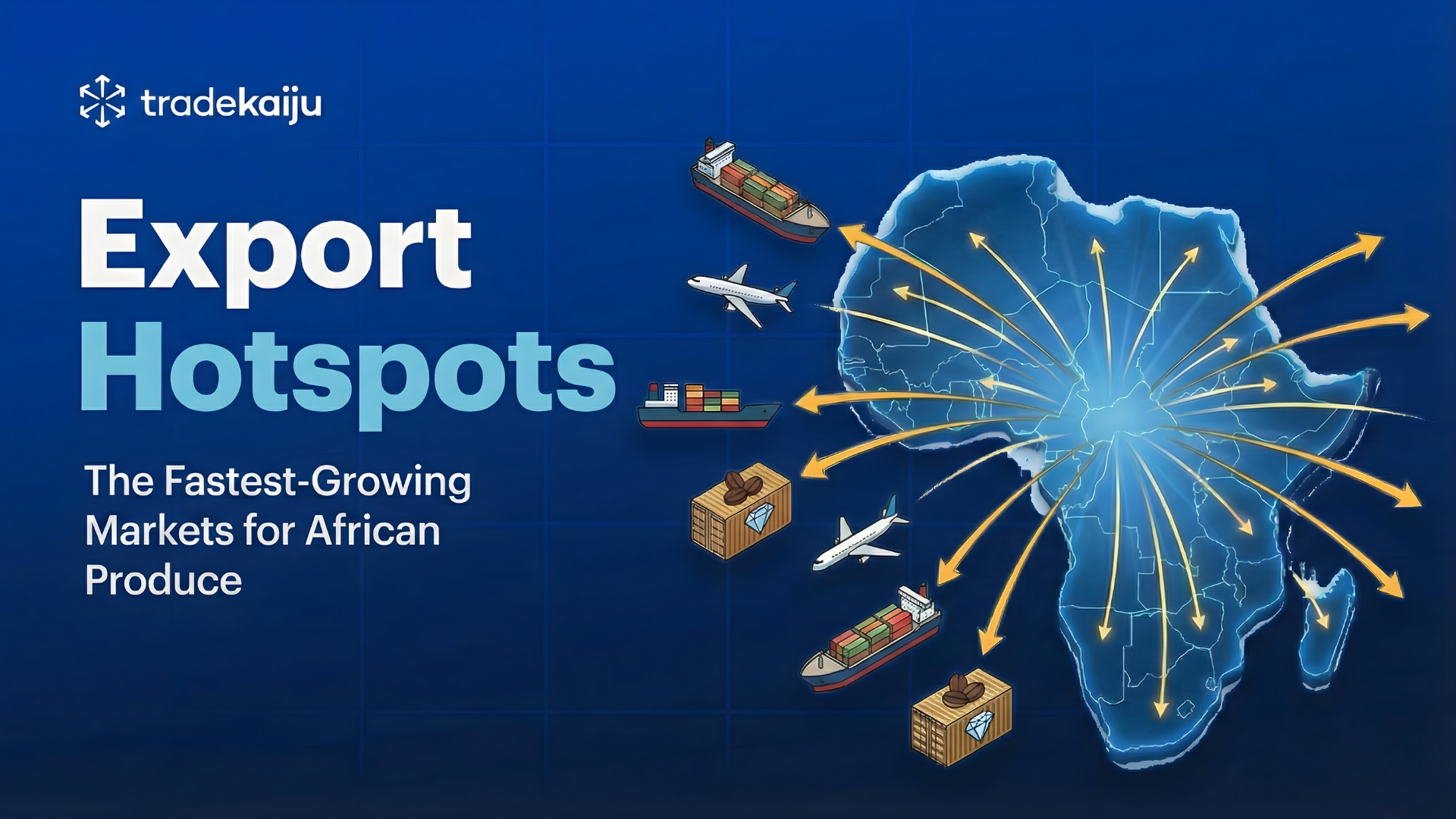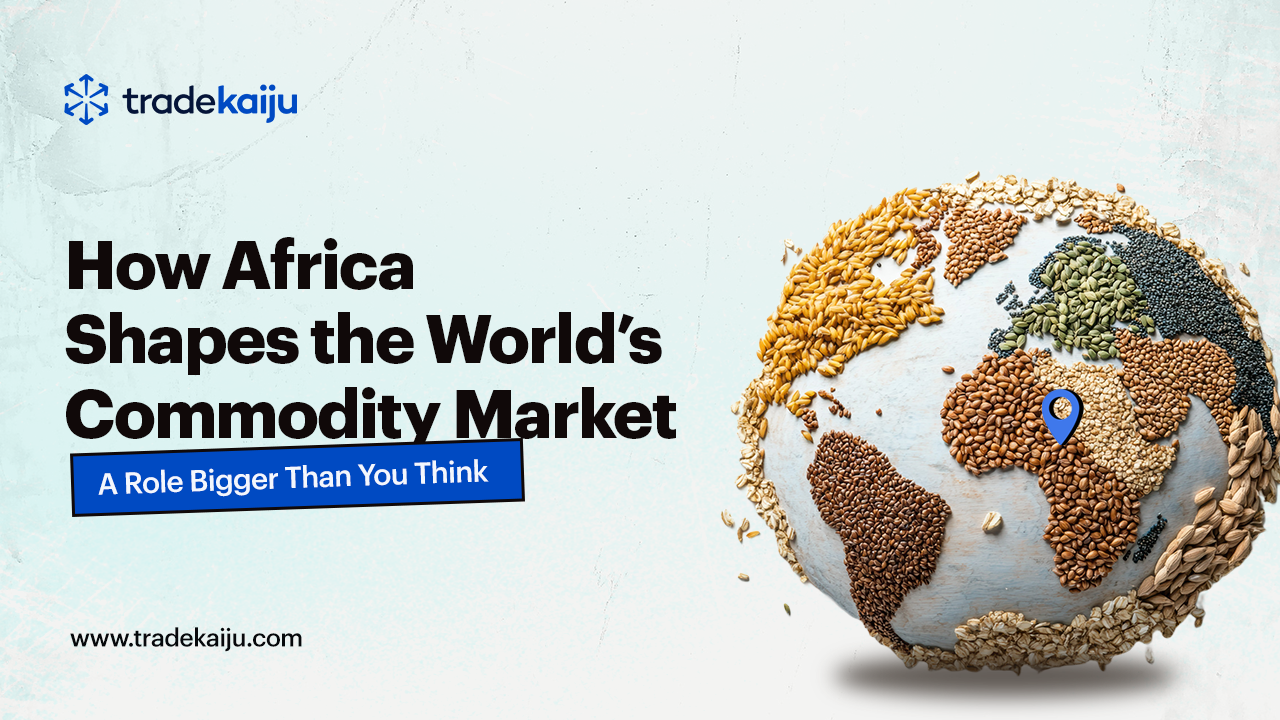Coffee: From Bean to Global Phenomenon
Date Posted: 2024-10-04 12:47:28

In recent years, coffee beans have emerged as one of the most significant agro-commodities in the global market. Starting from humble beginnings as a wild plant, coffee has evolved into a multi-billion dollar industry that has transformed agriculture, trade, and culture around the world. Once considered a luxury, coffee is now a staple for millions worldwide, driving demand and shaping economies in both producing and consuming countries.
Coffee is the second most traded commodity in the world, only surpassed by oil. This statistic reflects the global appetite for coffee, which continues to grow at an unprecedented rate. According to the International Coffee Organization (ICO), global coffee consumption has been steadily increasing by about 2.5% annually. This surge in demand is fueled by several factors including:
1. Urbanization and Lifestyle Changes: As more people move to urban areas, lifestyles become faster-paced, leading to increased consumption of convenience products like coffee. In many cultures, coffee has become synonymous with productivity, socializing, and a quick energy boost, further embedding it into daily routines.
2. Cultural Expansion: The rise of coffee culture, particularly in emerging markets, has played a significant role in increasing global demand. Countries like China, India, and South Korea, traditionally tea-drinking nations, are witnessing a coffee revolution. Coffee shops are proliferating, and the beverage is gaining popularity among younger generations who view it as a symbol of modernity and sophistication.
3. Innovation in Coffee Products: The coffee industry has seen a wave of innovation, with new products like cold brew, specialty coffee, and ready-to-drink options capturing the attention of consumers. These innovations not only cater to evolving tastes but also attract new demographics to the coffee market.
Coffee is produced in over 70 countries, but a handful of nations dominate the global coffee market. The two main varieties of coffee beans—Arabica and Robusta—are grown primarily in tropical regions. Top coffee-producing countries in the world, known for their significant contribution to the global coffee supply, include: Brazil, Vietnam, Ethiopia, Uganda, Colombia, Mexico, Indonesia and India. These countries are the backbone of the global coffee industry, each contributing unique flavors and qualities to the international coffee market.
Coffee exports are a significant source of foreign exchange earnings for many producing countries. For example, in Ethiopia, coffee accounts for nearly 30% of the country’s export revenue. This influx of foreign currency is crucial for national economies, helping to balance trade deficits and support economic development.
Despite its economic benefits, the coffee industry faces several challenges, including price volatility, climate change, and fluctuating demand. However, these challenges also present opportunities for innovation and improvement. For instance, there is a growing emphasis on sustainable coffee farming practices, which not only protect the environment but also improve the quality and marketability of coffee beans.
In conclusion, looking ahead, it is clear that coffee will continue to play a vital role in shaping economic, social, and environmental landscapes worldwide. And as new trends emerge, the demand for high-quality, ethically sourced coffee is set to grow. Whether you’re a coffee producer or trader, understanding these dynamics of the coffee market will be crucial for your success in the global market.
Similar Blog Posts

Africa’s agricultural sector is on the rise, and so is global demand for its produce. As the continent continues to bu

Africa isn’t just a participant in the global commodity market, it’s a driver. The continent holds: 30% of the worl

Cashew is one of Africa’s most valuable export crops, yet many people (especially new traders) don’t fully understan